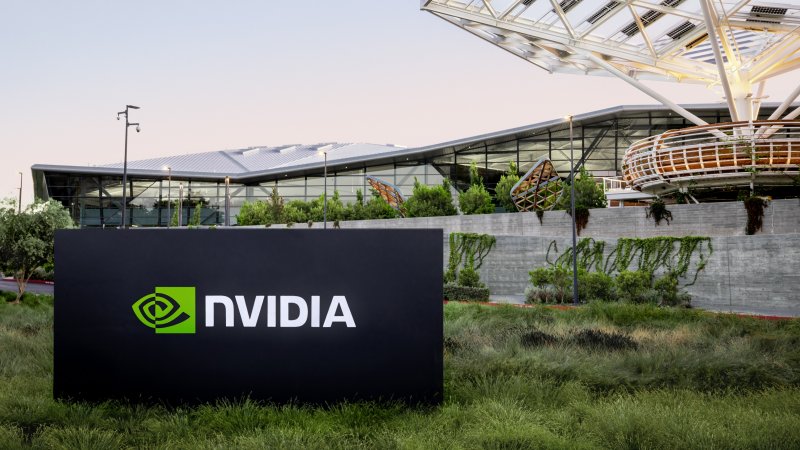Nvidia accelerates and announces that it will begin producing new chips on an annual basis. And given that the company made $14 billion in profit in just one quarter thanks to AI chips It’s easy to understand why the company’s CEO, Jensen Huang, wants to capitalize on this positive moment.
“I can announce that after Blackwell, there will be another chip. We are on the pace of one chip per year,” Huang said during the company’s first-quarter 2025 earnings call. “New CPUs, new GPUs, new NICs, new switches… there’s a mountain of chips coming,” he says.
So far, Nvidia has produced a new architecture approximately every two years: Ampere in 2020, Hopper in 2022, and Blackwell in 2024. The industry-beloved H100 AI chip was Hopper, and the B200 is Blackwell, but these same architectures have been also used in GPUs for gaming and content creators.
On the call, when an analyst asked him to explain how the recent Blackwell GPUs would catch on while the Hopper GPUs are still selling well, Huang explained that Nvidia’s new generations of AI GPUs are backwards electrically and mechanically compatible and they use the same software. Customers “will easily go from H100 to H200 to B100” in their existing data centers, he says.
On the other hand, it’s hard to blame him, given that demand continues to be huge: some customers have purchased or plan to purchase over 100,000 of Nvidia’s H100 GPUs, while Meta expects to have over 350,000 in operation by the end of the year. Nvidia’s first quarter closed with an 18% increase in revenue compared to the previous quarter and with 262% growth compared to the same period a year ago. Specifically, compared to the first quarter of 2023, data center revenues jumped +427%, mainly thanks to shipments of the Hopper chips which include the H100 solution. During the quarter, the gaming section recorded +18% in revenues.
Nvidia as a giant AI
In this extraordinarily positive context, Huang was in the mood to joke a little. Interviewed by Patrick Collinson, co-founder and CEO of the online payments platform Stripe, the Nvidia CEO said it is no longer possible to design a chip without AI. This is because AI is able to explore vast design solutions in times that would be humanly impossible for the company’s human employees.
AI is used to improve the efficiency of chips, increase their performance and even find bugs in software. Its use is so extensive at Nvidia that Huang eventually said, jokingly, “I want everyone, every organization in our society to use AI intensively. I want to turn Nvidia into a giant AI.”
Yet not even Huang was able to give an answer on the possible solutions to the problems with AI hallucinations, that is, those far from rare cases in which one of today’s so-called artificial intelligences provide an answer despite not having complete and correct information (effectively giving a wrong solution). When Collins asked, “How do you know when an AI is responding appropriately, efficiently, and in the right way?”, Nvidia’s president, founder, and CEO essentially glossed over the topic. On the other hand, his company also sells AI, it is not convenient for him to put too much emphasis on this thorny issue.
#Nvidia #chip #year #goal #transform #company #Huang

